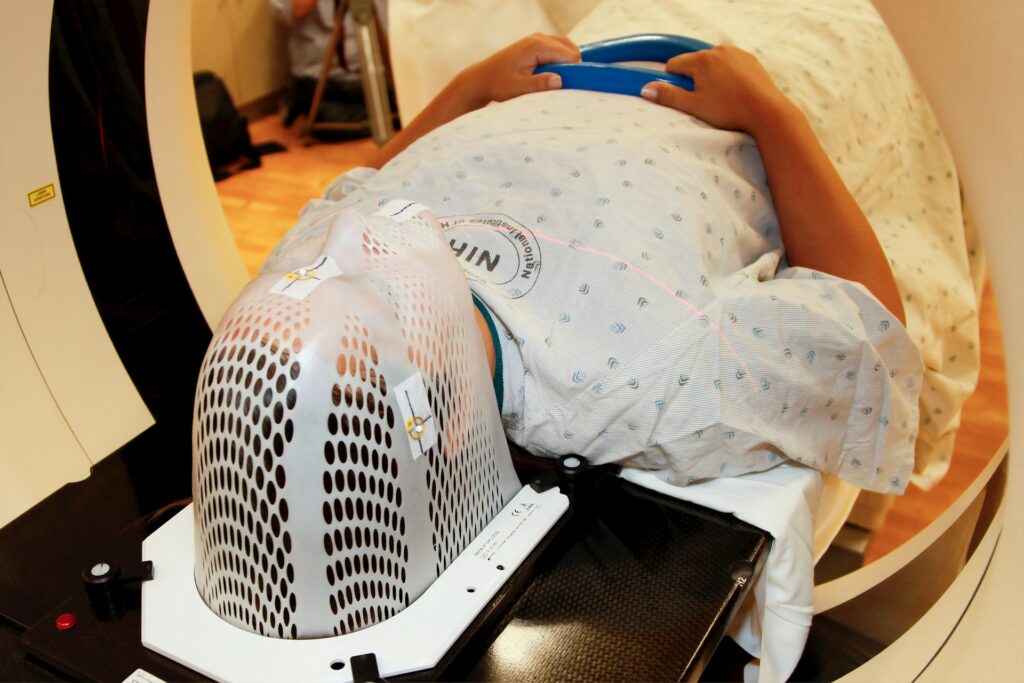Understanding MSK Radiology: A Comprehensive Guide


Introduction
Musculoskeletal (MSK) radiology is a specialized branch of radiology focusing on the diagnosis and treatment of disorders related to bones, joints, muscles, and related soft tissues. As an essential aspect of medical imaging, MSK radiology plays a crucial role in identifying injuries, diseases, and conditions that affect the musculoskeletal system. This article provides an in-depth overview of MSK radiology, its importance, techniques, and advancements.
Importance of MSK Radiology
MSK radiology is vital for several reasons:
- Accurate Diagnosis: It enables precise diagnosis of various conditions such as fractures, dislocations, arthritis, tumors, and infections.
- Treatment Planning: It assists healthcare professionals in planning appropriate treatments and interventions.
- Monitoring Progress: It helps in monitoring the effectiveness of treatments and the progress of healing.
- Preventive Care: It aids in identifying potential issues before they become severe, allowing for preventive measures.
Techniques in MSK Radiology
MSK radiology employs a variety of imaging techniques, each with its unique applications and benefits:
- X-Ray: The most common imaging technique, X-rays are essential for detecting fractures, dislocations, and bone alignment issues. They provide quick and clear images of the bone structures.
- Magnetic Resonance Imaging (MRI): MRI uses strong magnetic fields and radio waves to produce detailed images of soft tissues, including muscles, ligaments, tendons, and cartilage. It is highly effective in diagnosing soft tissue injuries and conditions like ligament tears and cartilage damage.
- Computed Tomography (CT): CT scans provide detailed cross-sectional images of the body using X-rays and computer processing. They are particularly useful for evaluating complex fractures and bone tumors.
- Ultrasound: Ultrasound uses high-frequency sound waves to create images of soft tissues. It is often used to assess muscles, tendons, and ligaments, and it is valuable for guiding needle placements during procedures such as biopsies and injections.
- Bone Scintigraphy (Bone Scan): This nuclear imaging technique involves injecting a small amount of radioactive material into the bloodstream. It helps detect bone abnormalities, such as infections, fractures, and tumors, by highlighting areas of increased bone metabolism.
Advancements in MSK Radiology
The field of MSK radiology is continually evolving, with significant advancements enhancing diagnostic accuracy and patient care:
- Artificial Intelligence (AI) and Machine Learning: AI algorithms are being developed to assist radiologists in interpreting images, identifying patterns, and making accurate diagnoses more efficiently. These technologies have the potential to reduce errors and improve diagnostic accuracy.
- 3D Imaging and Printing: Advanced imaging techniques allow for the creation of 3D models of bones and joints, which can be used for pre-surgical planning and educational purposes. 3D printing of these models provides a tangible reference for surgeons.
- Interventional Radiology: Minimally invasive procedures guided by imaging techniques are becoming more common in MSK radiology. These include joint injections, biopsies, and the treatment of fractures using image-guided techniques.
- Enhanced Imaging Techniques: Improvements in MRI and CT technology, such as higher resolution imaging and faster scan times, are providing more detailed and accurate images, leading to better diagnosis and treatment outcomes.
Challenges in MSK Radiology
Despite the advancements, MSK radiology faces several challenges:
- Radiation Exposure: Although imaging techniques like X-rays and CT scans are essential, they involve exposure to ionizing radiation. Efforts are ongoing to minimize radiation doses while maintaining image quality.
- Complex Diagnoses: Some musculoskeletal conditions can be challenging to diagnose due to overlapping symptoms and similar imaging appearances. Expertise and experience are crucial in such cases.
- Access to Advanced Technology: Not all healthcare facilities have access to the latest imaging technologies, which can limit the quality of care in some regions.
Conclusion
MSK radiology is an indispensable field within medical imaging, providing critical insights into musculoskeletal health. With continuous advancements in imaging techniques and technology, the future of MSK radiology holds promise for even more precise diagnoses, improved patient outcomes, and innovative treatments. As healthcare professionals continue to embrace these advancements, the impact of MSK radiology on patient care will undoubtedly grow, enhancing the quality of life for countless individuals.








